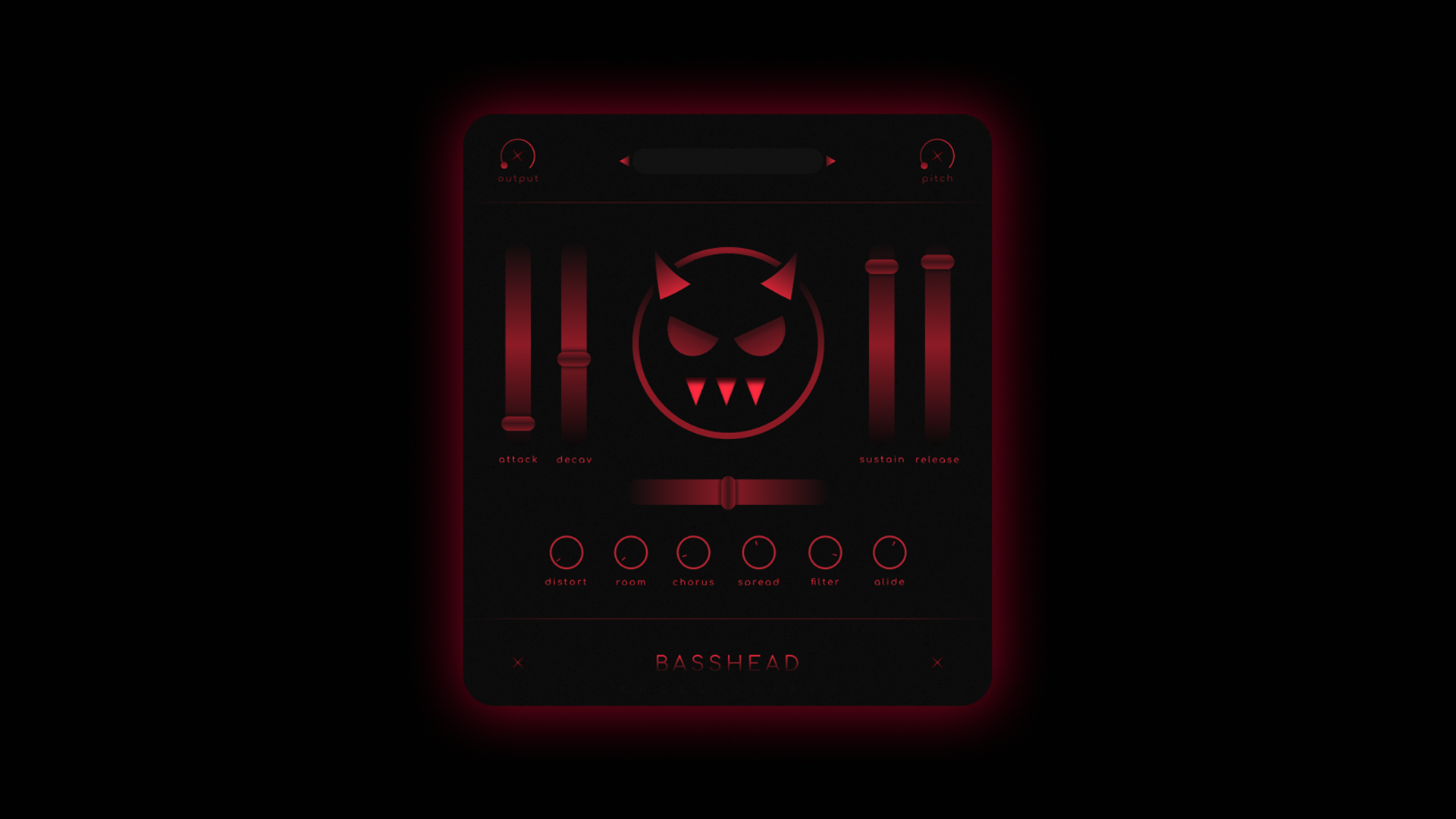Common Mistakes When Mixing
Overview
I have made all the common mistakes which I am going to explain in a few that my students are making. By correcting those bad habits, I found myself working faster and more efficient, pumping out mixes that are widely accepted by all sorts of clients. I was a student once and working hard to perfect my mixing skills through experimenting and learning from the mistakes I made before. Thus don’t be afraid to make those mistakes yourself and improve from them.
- Don’t over EQ during mixing!
- Don’t be afraid to compress!
- Don’t be afraid to layer reverbs!
- Gain staging! Gain staging!
- Don’t over process your mix!
- Don’t trust your listening environment too much!
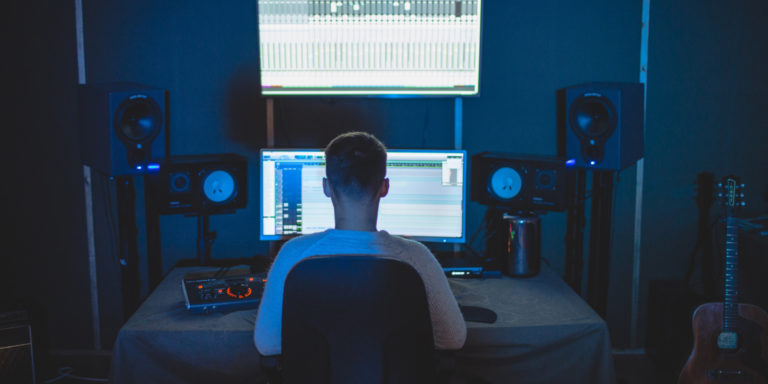
1. Don’t over EQ during mixing!
This is the biggest problem that I observed from a lot of young engineers and students. We were taught at some point to get rid of all the muddiness in the mix, thus we rolled off all the low end and cut a lot of lower mid range on everything in the mix. I used to do that a lot as well, the mix is definitely cleaner because there’s no low end and mid range. That’s why the mix sounds very thin and it doesn’t translate well to consumer systems like a cars’ sound system and clubs’ PA systems. Learn to leave things as it is! Only cut when needed!
For example: Bass should have low end thus don’t cut the low end; Vocals should have low end and mid range otherwise it sounds thin and tiny. Very often my students came to me with their mix and I took off all their processing and sounded better immediately, the song came back to life. Only apply EQ if it needs to and apply EQ lightly while keeping the tone of the instruments as natural as possible.
2. Don’t be afraid to compress!
I was told a long time ago not to compress too much in college and that was TOTALLY WRONG. When an instrument is super dynamic it’s impossible to control it manually with automation. In this case it’s better to resort to heavy compression. However it does take time finding the right compressor and an appropriate setting that allows you to compress 5-10db gain reduction without adding any “Overcompressed” artifacts to the original audio. Try using fast to medium attack and quickest release on the compressors and sometimes I even use a limiter to function as a compressor to control the peaks.
When your mix is well compressed, the mix will come together very naturally. In the real world, we often record the instruments with a lot of analog compression already, and then more in the mixing stage, everything is very well under control while giving you a sense of dynamic without being actually dynamic.
Here’s a small tip: Use medium to slow attack and quick release for transient elements like drums and percussion or plucks etc. And use fast to medium attack and fast to medium release on chordal instruments such as pads and strings or piano.
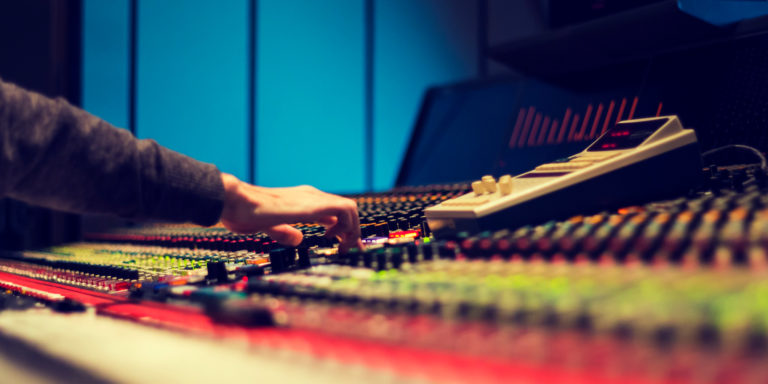
3. Don’t be afraid to layer reverbs!
Back when I was a young engineer, I thought using 1 reverb was enough, yes and no. Yes being it’s good enough for an average mix. But if you want a professional sounding mix, usually I’ll layer 2-3 different reverbs to create a more sophisticated sound scape and create more depth. On vocals, sometimes I’ll blend a small plate with a medium hall and large chamber to create a special vocal reverb.
4. Gain staging! Gain staging!
I have been through a phase where I started mixing with all faders at 0 and then my master was clipping already even before I started mixing, and there’s no room for me to build my mix. In the digital and analog realm, headroom is very important for mixing. Pull your faders down 10db and start mixing from there. You’ll have more room to balance all the elements in your mix and more room to bring out the kick and snare so they hit harder without clipping anything in your master. Make sure your master is not clipping in your mix.
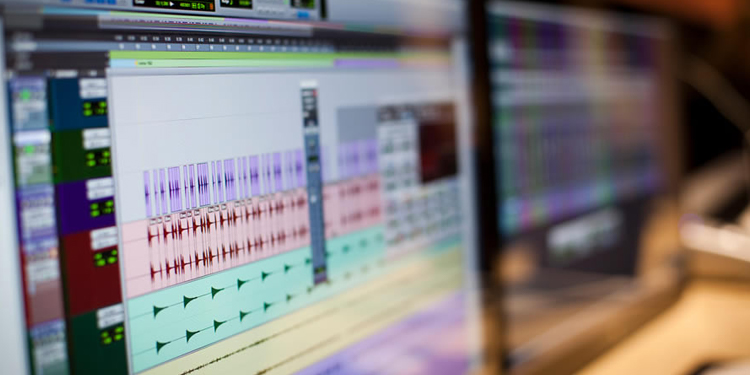
5. Don’t over process your mix!
Begin your mix with panning and volume balancing. That’s where a good mix started. Once it feels good, then apply eq and compression where it needs. Leave things alone if they have no issues in the mix.
6. Don’t trust your listening environment too much!
If you are a beginner, you probably don’t have a sound treated room and a less than average pair of monitors for critical listening. It’s very hard to make mixing decisions in such an environment even for myself. Therefore I always have a pair of headphones with me as they are the only thing sounding consistent especially if you have to do some work in the bass frequency, and make sure you always have sonic references that you are familiar with to compare your mix with to know if it’s up to par.
FYI, I love using the AirPods Pro as a reference.
That's about it.
Ultimately, mixing itself is an art. It takes time to develop an ear for mixing. Sometimes it’s hard to notice which frequencies are clashing, if the compression is working, or what you should avoid doing. However, with some simple rules and techniques, a solid mixed can be achieved much easier than you think. Also, having high-quality plugins will make your experience much better. Stock plugins are okay for an average mix, but if you want a more professional sound then you must invest into professional 3rd party software (Slate Digital, Waves Audio or iZotope to name a few).
Hope these tips help! Happy Mixing 🙂
Share this with your producer friends!
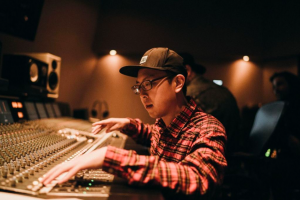
Matthew Sim
Grammy-nominated mixer, producer, consultant and designer from Hong Kong. He has worked with a long list of award-winning artists internationally, including Nicki Minaj, Big Sean, Frank Dukes, DJ Mustard, Murda Beatz, and more.
How To Boost Your Beat Sales
Here are some helpful tips on boosting your beat sales!
How To Mix Your Beats
Learn a simple way to mix your beats and get them sounding better!
How To Write Chords
Don't want to learn music theory? Here's a simple way to write chords.

